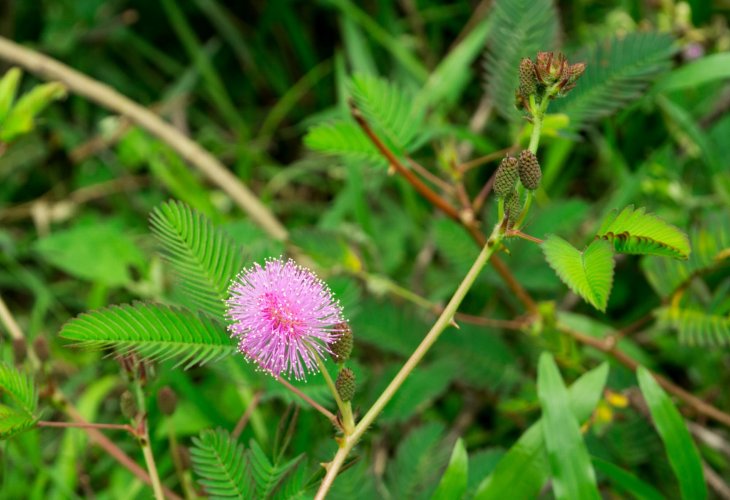Facts You Didn't Know
Gliding Lizards and Crocodile Moms: Wild Facts
From gliding lizards to shy plants, these 7 facts will surprise you
 (Photo: shutterstock)
(Photo: shutterstock)• Did you know which lizard can glide through the air?
The flying dragon lizard lives in the forests of Southeast Asia and is only about 8 inches long. It eats ants and termites that live on trees. But when it senses danger, it opens flaps of skin along its sides that act like wings and glides from tree to tree and sometimes as far as 82 feet!
• Why do birds migrate?
When winter comes, many birds fly to warmer places in Africa and South America where food is easier to find. Then in the spring, they fly back north to enjoy the cooler summer weather.
• Which working animal once lived in Israel but no longer does?
The buffalo, called te’o in Hebrew and jamus in Arabic, is a strong animal that was used for carrying loads. It used to live in northern Israel and Syria. These buffaloes helped Arab farmers in the area, but they slowly disappeared when the swamps were drained. Today, even the buffalo in America is considered at risk of extinction.
• Did you know there's a plant that acts shy?
The mimosa plant is often called the “shy” mimosa because it reacts quickly when touched. Its leaves fold up, almost like a person lowering their gaze when feeling embarrassed.
• What are crocodile tears?
Crocodiles have special tear glands that keep their eyes moist. Under their lower eyelid is a thin layer, like an extra lid, that protects their eyes underwater. These glands release a liquid that looks like tears. That’s where the term “crocodile tears” comes from it means someone is pretending to be sorry when they’re really not.
• Why does hot air rise?
When air gets warmer, it spreads out and becomes lighter. Since lighter air floats above heavier, colder air, warm air rises naturally. That’s also why hot air balloons lift off the ground!
• Which animal carries its babies in its mouth?
The female crocodile lays her eggs on land. When the baby crocodiles hatch, their mother gently helps them out of the eggs, picks them up in her mouth, and carries them carefully to the water. Then they begin their new lives swimming in the river.

